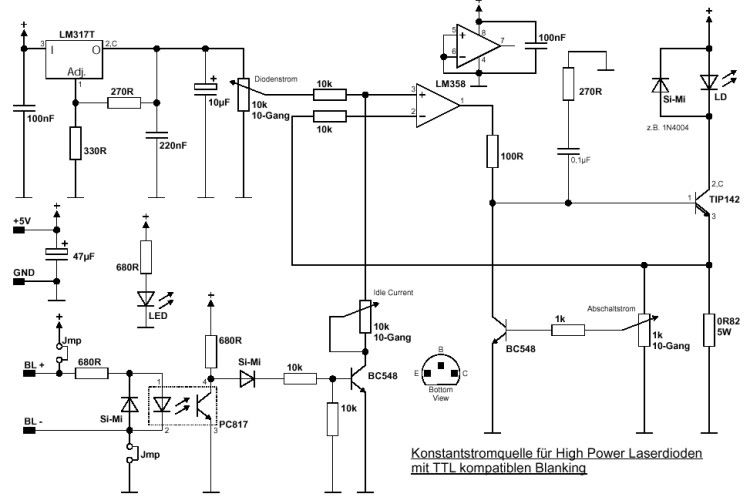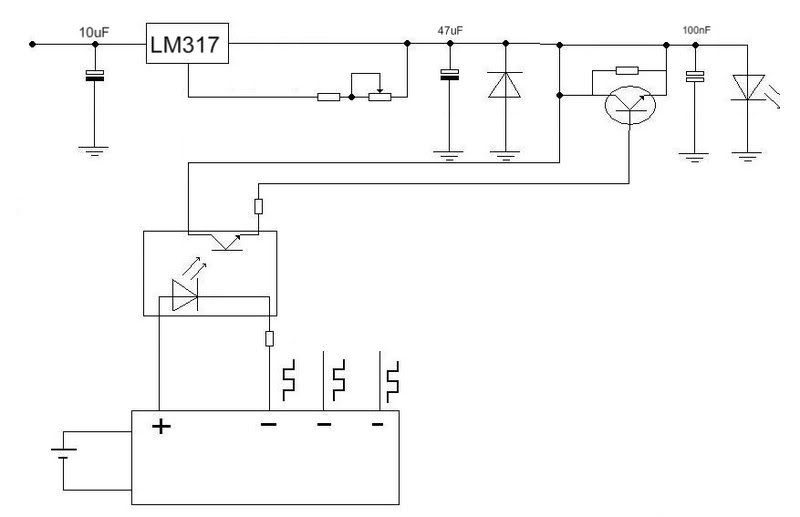- Joined
- Jan 12, 2008
- Messages
- 3,290
- Points
- 83
I'm a little short on the BC337's. But I have quite a few BC237, can I just connect 2-5 in parallel?









FireMyLaser said:Hey-hey! The circuit in reply #25 works pretty good!
I just has and idea and made another schematic (not tested), does it seem like a good idea?

[highlight]The same capacitors was used in the schematic in reply #25[/highlight]
What I meant was that I used that circuit and added the capacitors seen in the schematic in reply #27, sorry.The same capacitors was used in the schematic in reply #25


